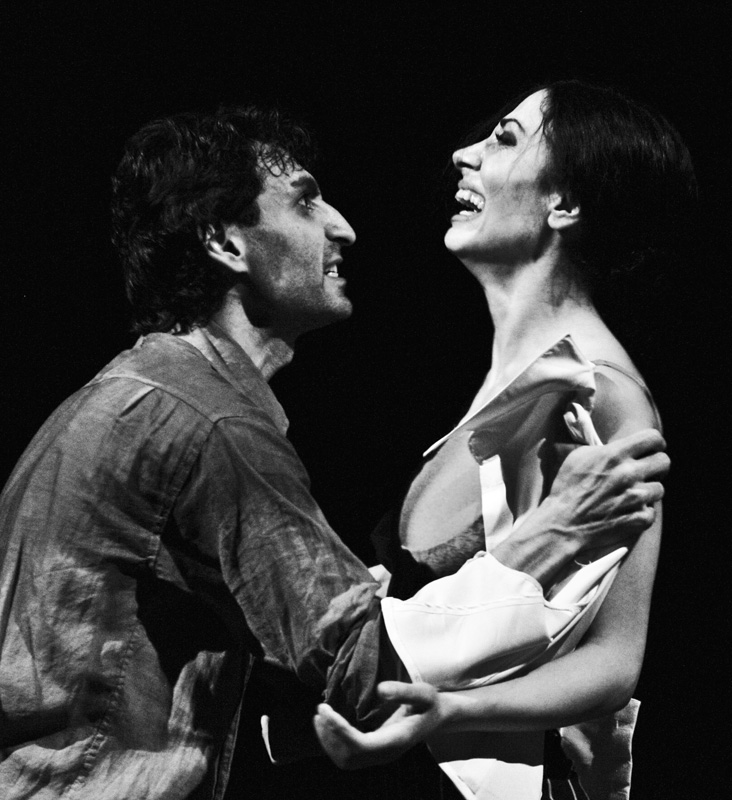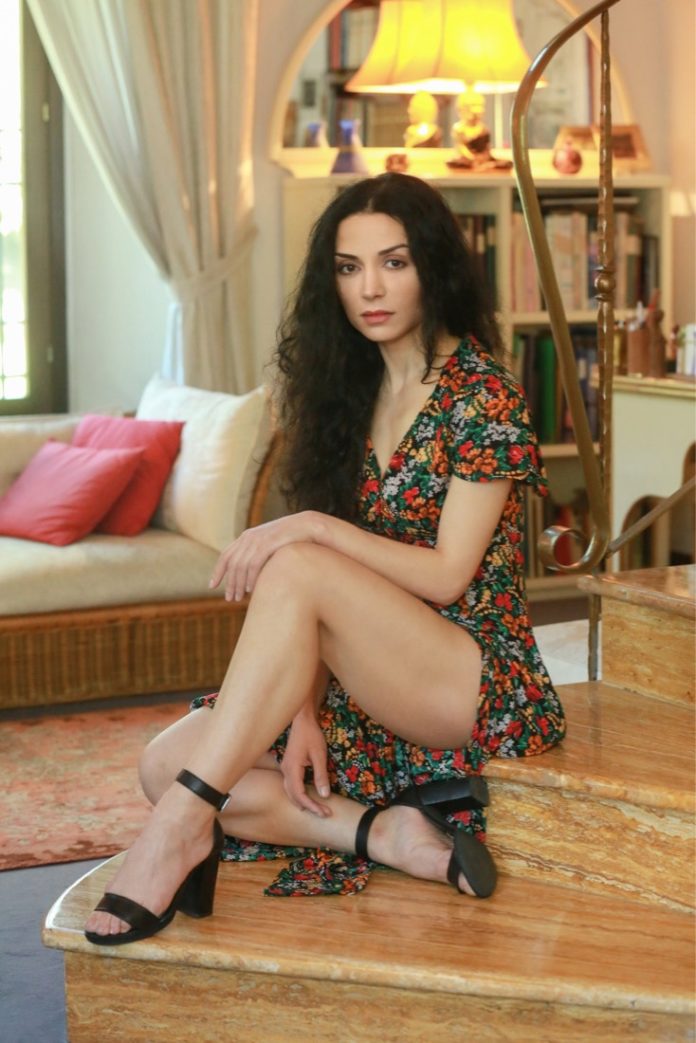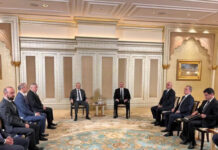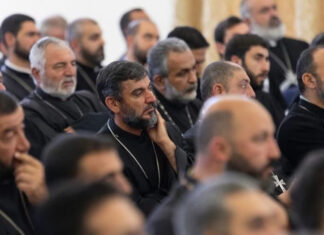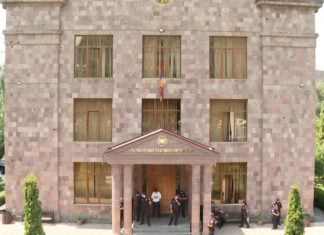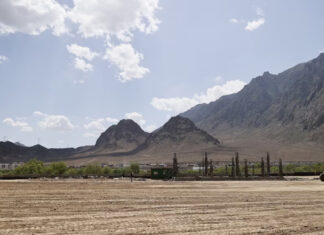YEREVAN / ROME — Marine Galstyan, actress, director, dancer, and choreographer from Yerevan, has been living and working in Italy for 17 years.
From 1999 to 2004 she studied at the Yerevan Institute of Theater and Cinema, where she acted as Nora in Ibsen’s “A Doll’s House,” Dorothea in De Filippo’s “Risk,” Mother in Mérimée’s “Mateo Falcone” (also she was the director of the play), Nina and Elena Andreevna in Chekhov’s “The Seagull” and “Uncle Vanya.”
In Italy she studied flamenco, Spanish classical dances and Argentine tango and later taught those dances in different cities of Italy (Florence, Grosetto, Pistoia, Rome). In Italian theater Marine acted in “Bernarda Alba’s House,” “Sold Apartment,” “Reality,” “Vico Renica’s Strange Night” and other plays. She made her film debut in 2004, in Armenia in Arthur Vardanyan’s film “I Love You, I Will Love You,” later in Italy in films like “The Whole World Is a Country,” “The Rest Is Through My Eyes,” “Giudecca’s Son,” “Miradas,” “Amat Malik’s Case,” etc.
Together with her husband, Sargis Galstyan, a graduate of the Yerevan Pedagogical Institute, dancer, director, laureate of various dance festivals, in 2008 she founded the “Aurum” dance duo, performing various styles of dances, “All the Colors of Tango” and other dance performances. In 2012, Sargis and Marine Galstyan founded “InControVerso” Italian-Armenian theater group, staging dramatic performances. The Galstyans have been living in Rome for eight years; they have one son, Edgar.
Dear Marine, I first heard about you from actress Sofik Sargsyan, who described you as “Maya Plisetskaya and Maria Callas in one person.” You preferred dancing and acting, but what happened to singing?
In fact, I have never been involved in singing. There have been performances in which I have sung, but I cannot say I possess the vocal art professionally. I thank my dear Sofik Sargsyan for such a description, which, however, is an exaggeration.
